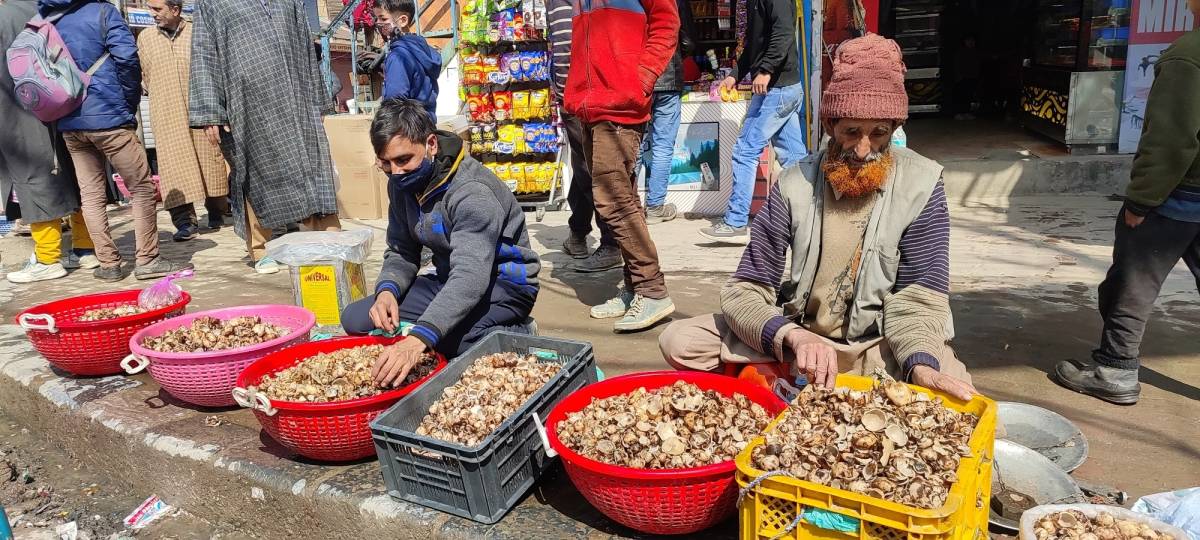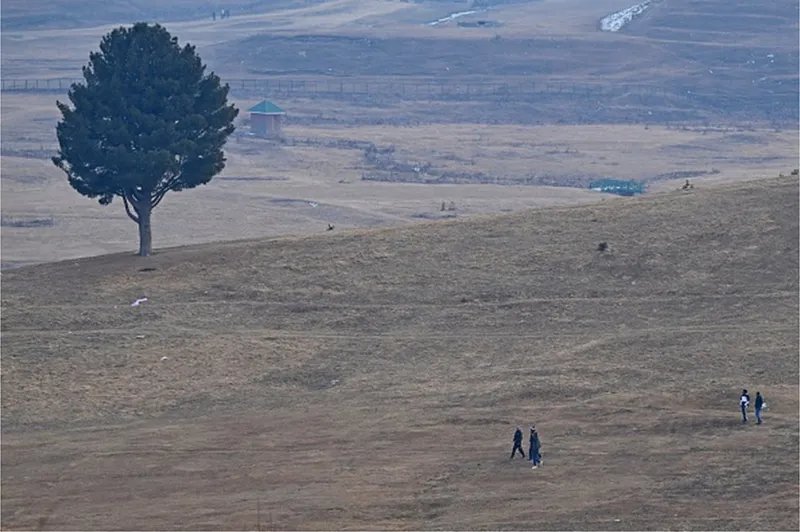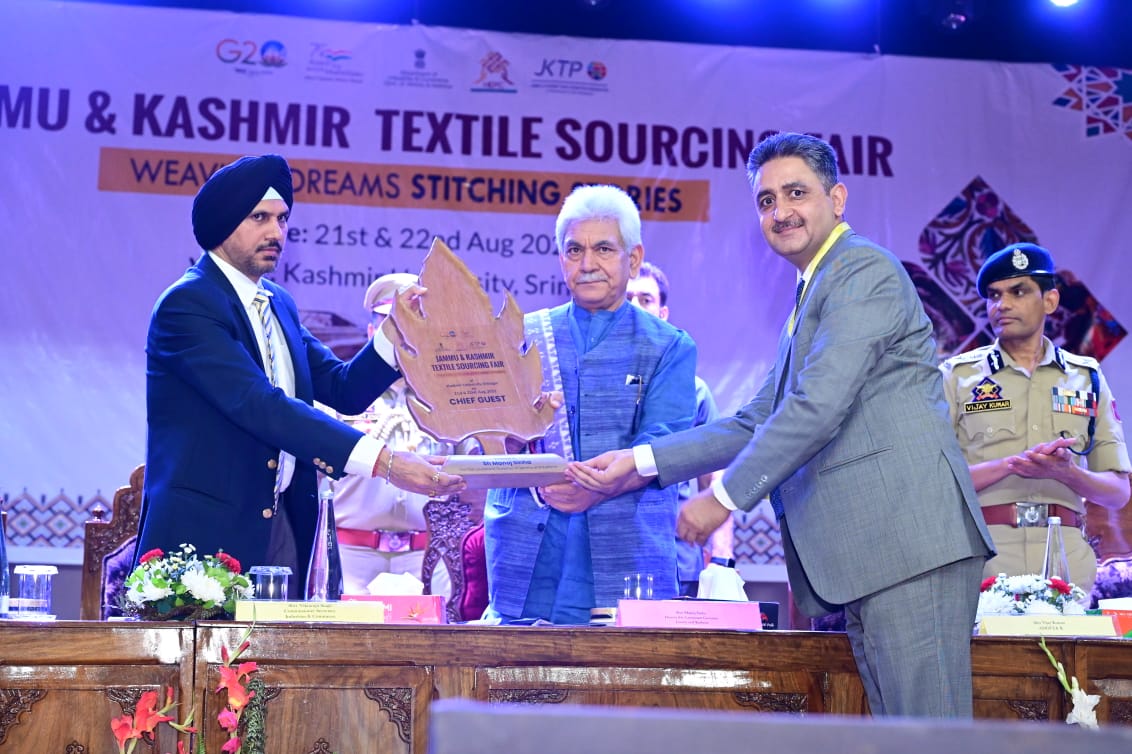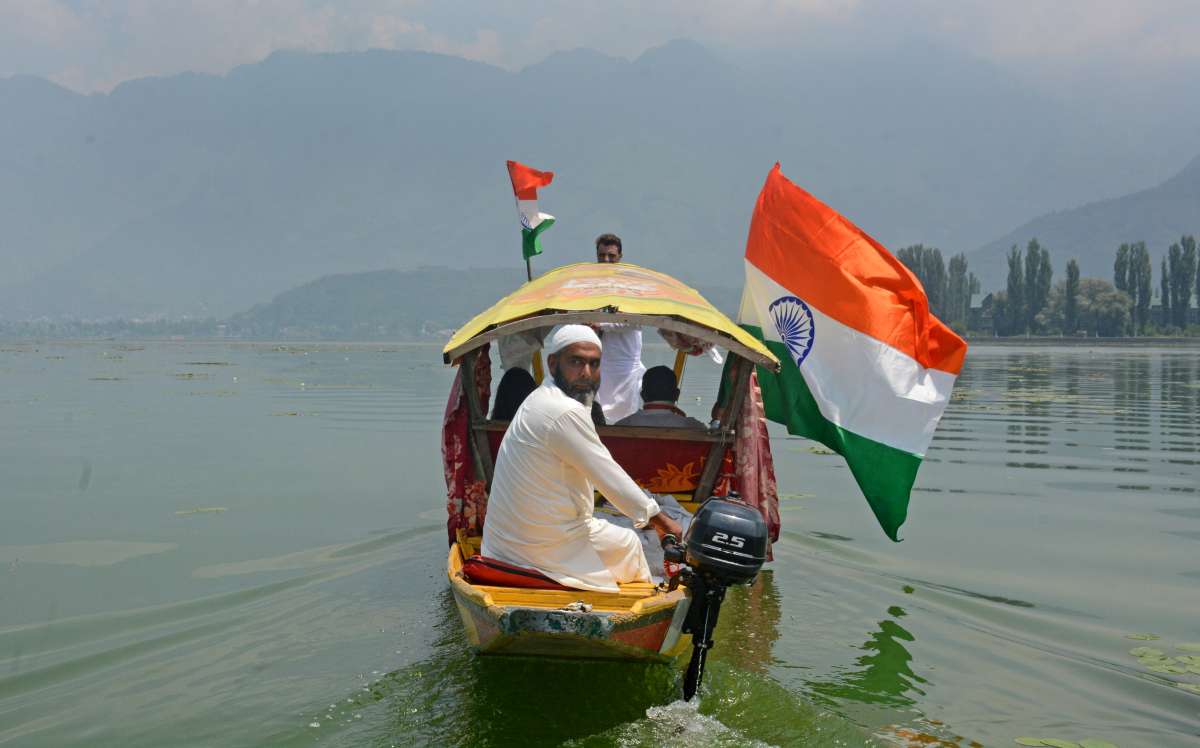J&K has 20,230 sq km covered in forests, which is about 20 per cent of its total geographical area…reports Asian Lite News
It is no secret that the youngest mountains in the world, the Himalayas, are home to some of the world’s unique flora and fauna. God had bestowed the Kashmir Valley in particular with a favourable agro-climate that delivers the precise conditions for the growth of medicinal plants. Recently mushroom cultivation in Jammu and Kashmir has taken the center stage for its high commercial value and therapeutic benefits.
Mushrooms are an excellent source of nutraceuticals, antioxidants, anticancer prebiotic, immunomodulating, anti-inflammatory, cardiovascular, antimicrobial, antiviral, antiparasitic, antifungal, and antidiabetic elements; they also guard against tumor development. Rich in protein, vitamins, minerals, antioxidant agents (selenium, vitamin C, and choline), folic acid, and iron, mushrooms are the new superfoods.
Under the Rashtriya Krishi Vikas Yojna (National Agriculture Development Programme) mushroom cultivation is a focus area. Mushroom growers are equipped with quality seeds and trained in scientific cultivation techniques. Mushroom production is at its all-time high in the Union Territory thanks to the J&K Agriculture Department’s efforts in bringing the best methods and technical know-how to people genuinely interested in farming.
The Valley boasts of many success stories in the mushroom cultivation business. 27-year-old Nisar Ahmad from the Bramri area of Kupwara quit his job two years back to be a full-time mushroom farmer. He participated in a mushroom farming awareness session organised by the agriculture department and took a leap of faith in himself to start this venture. Now he encourages people to pursue farming because it’s more satisfying than slogging in salaried jobs, it pays well, and the government schemes, subsidies, and interest-free loans help in easy business set-up.
In the fairytale Nadigam hamlet (off the Shopian-Kadir road) Jahangir Ahmad Malik and his friend Umar Yaseen set up a button mushroom unit last year seeing the popularity of this fungus. With the help of the Department of Agriculture and administration’s 50 per cent subsidy and technical knowledge, they were able to grow 110 kg of mushrooms in six months earning a profit of Rs 2 lakh.
Non-timber forest products (NTFPs) like mushrooms are a source of livelihood for people living in the forest area. J&K has 20,230 sq km covered in forests, which is about 20 per cent of its total geographical area.
In the Shivalik range of the Jammu region mushrooms (especially gucchi or Morchella esculenta L.) provide income security to peasants. Gucchi mushrooms fetch a great commercial value so it’s often a competition for forest dwellers to find a huge bunch of them. On a good day, a person can collect up to 10 kg of fresh mushrooms.
People with experience in collecting mushrooms can tell them apart by their colour – yellow, white, half-white, brown, black, and dark brown, and various shapes. They can also be identified by the tree species they grow under like apples, pears, Taxus wallichiana (Himalayan Yew), Abies pindrow (West Himalayan Fir), Juglans regia (Old World walnut tree species), Pinus wallichiana (Himalayan coniferous evergreen tree), etc.
It’s a race against time when the clouds turn gray and signal thunder, lightning, or snowfall. Adults and children alike leave their homes on mushroom expeditions, like a treasure hunt in the forests. On average a gucchi collector walks 15 km daily for the mushroom search. For many people, it is an add-on to their regular day jobs.
Traditionally gucchi mushrooms are dried in the open air by putting a thread through them in a garland-like fashion. It loses much weight after drying but then has a shelf-life of two to three years. These mushrooms are sold to local traders (middle-men) who visit these villages and towns and further supply them to cities. Dried Morchella esculenta L. fetches a price anywhere between Rs 3,000 to 17,000 per kg. It’s an excellent antidote to stomach ailments. It’s also a popular home remedy for children prone to nose and ear bleeding.
With the recent government interventions, forest-dwellers in Jammu Shivaliks are being given formal training and instruction about the mushroom collection and processing techniques, market knowledge, and market access, so that their efforts in this employment pay them their rightly earned share.
Women-led Self-Help Groups are being encouraged under HAUSLA and TEJASWINI entrepreneurship schemes introduced by the Centre in J&K. Two young Kashmiri girls from Tral village of South Kashmir started a mushroom cultivation unit last year under the National Rural Livelihood Mission (NRLM) scheme.
While discussing what to pursue after their higher education, they learned about the Department of Agriculture providing financial and technical assistance to those interested in mushroom farming. As luck would have it, today Raukaya Jan and Sobiya are running many successful mushroom cultivation units in less than a year.
Women empowerment is at the forefront of all the economic development plans of the J&K administration. Their role in the socio-economic upliftment of the UT is recognised and appreciated. On August 15, 75 progressive women entrepreneurs from the NRLM Self-Help Groups will be honoured by Lieutenant Governor Manoj Sinha for their contributions to society.
ALSO READ-Women in Jammu realise true potential of SHGs during pandemic













